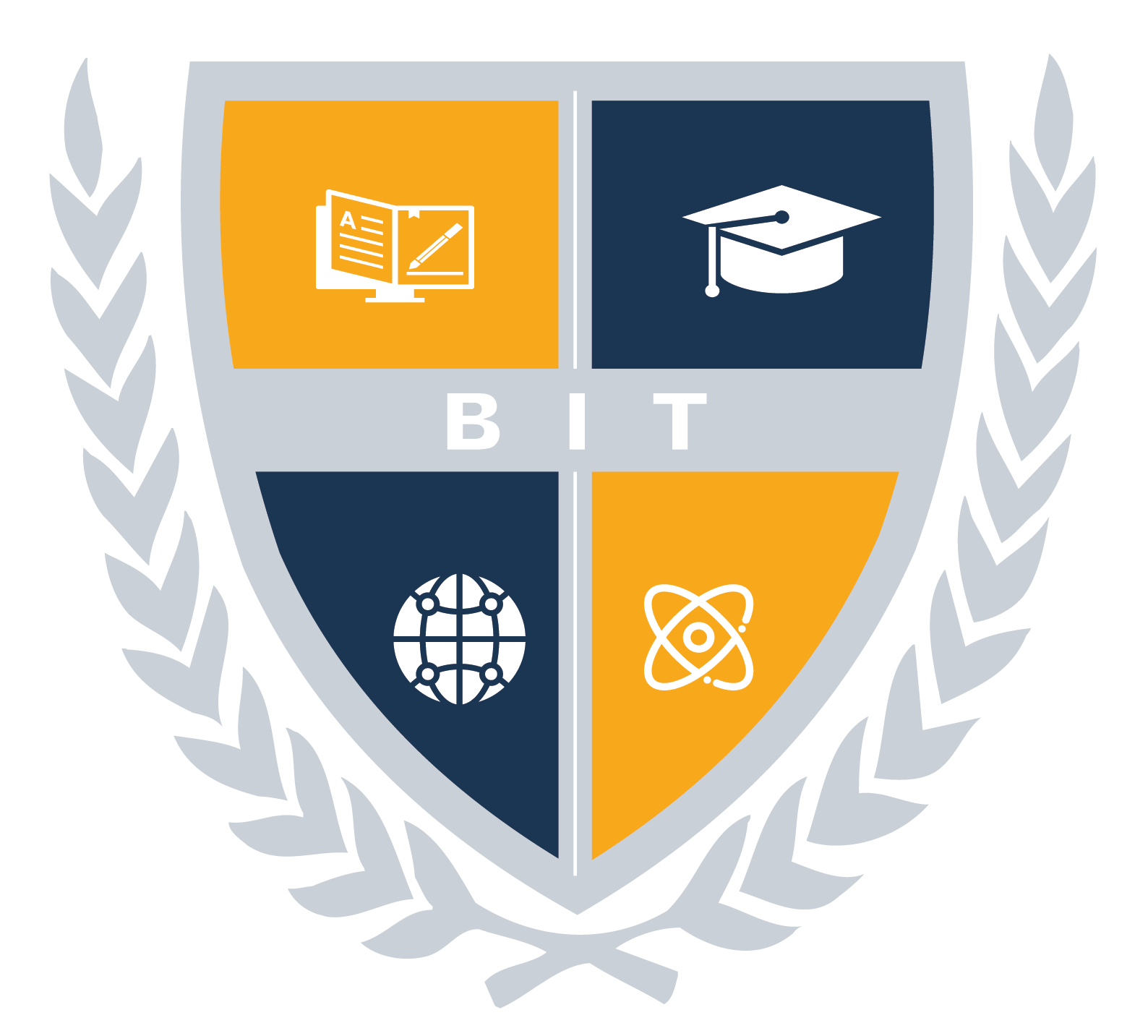
Course Code: DCGD
Level: Diploma
Duration: 2 Years
OVERVIEW
About the Programme
The profession of graphic design utilizes creativity and technology to communicate ideas or messages. The outcomes of this communication can be in the form of printed materials, architectural signage and graphics, exhibition environments, packaging and electronic media. While primarily concerned with the visual communication of information, graphic designers are also interested in the persuasive nature of the message.
The scope of Graphic Design has expanded in recent years and advances in communication technology have offered a host of new possibilities to the designer. The course aims to develop analytical skills and critical judgement enabling the student for technological and/or aesthetic innovations in the subject of Communication Design.
The Diploma in Graphics Design & Editing begins with the study of design history, theory and traditional design skills, then progresses to current graphic design practices and technology.
This course prepares a student for a wide range of careers in the industry. The program seeks to develop designers with strong aesthetic and analytic skills capable of solving real-world communication design problems, integrating a command of visual language with imagination, theory and technology.
COURSE OBJECTIVES
- Communicate ideas through artworks by selecting and applying media techniques and processes, subject matter and themes.
- Demonstrate a verbal-working use of the art vocabulary relating to the arts.
- Develop an understanding of the properties and the preparation of graphic design.
- Communicate ideas through artworks by selecting and applying the elements of art and principles of design.
- Respond aesthetically to artworks based upon their personal experience and cultural values.
- Analyze, interpret, and evaluate the quality of artwork through art criticism.
- Understand the role and functions of art in history and culture.
- Students will produce a portfolio of art using a variety of graphic design techniques, styles and media.
ENTRY REQUIREMENTS
Admission Requirements
To gain admission into the Diploma in Graphics Design & Editing course, a candidate must, first of all, satisfy the general requirements for admission to BIT at a diploma level. In addition a candidate shall be eligible for admissions to the BIT programme on meeting any of the following minimum qualifications:-
Direct Entry
A person may be admitted to the diploma programme (entry into year one) via the diploma scheme if the person has:
Either: UACE with at least a principal pass and 1 subsidiary pass obtained in one sitting
OR: UCE/O’level with at least 3 credits obtained in one sitting, and/or a Certificate in a relevant discipline from a recognized institution.
Certificate Entry Scheme
A person may be admitted to the diploma programme if the person has:
- A Certificate in Art & Design, IT, or business training of at least Class II – Credit Division or
- A Certificate in an area related to Art & Design from a recognized institution, and at least five (5) passes at O-level obtained at the same sitting of the Uganda Certificate of Education (UCE).
Crediting the Certificate qualification, for those entering on the Diploma programme via the certificate entry scheme, will be done as follows to obtain the Cumulative Grade Point Average (CGPA) for the year:
| Class | CGPA range |
| Class I- Distinction | 4.40 – 5.00 |
| Class II – Credit | 2.80 – 4.39 |
| Class III – Pass | 2.00 – 2.79 |
Unclassified certificates will be evaluated from the transcripts.
Mature Age Entry Scheme
A person may be admitted to the diploma programme via the mature entry scheme if the person has:
Passed the mature age entry examinations appropriately administered by a National Council for Higher Education (NCHE) accredited institution.
PROGRAMME STRUCTURE
Year One Semester One
- DCS111 Introduction to Computing & IT
- DCG112 Introduction to Visual Language
- DCG113 Introduction to Art Theory
- DCG114 Introduction to Digital Design
- DJM115 Communication Skills
Year One Semester Two
- DCG121 Digital Publishing & Typography
- DCG122 Interactive Design
- DCG123 Introduction to Computer Animation & Motion Design
- DCG124 Basis of 2D and 3D Animation
- DCG125 Introduction of Promotional Designs
Year Two Semester One
- DCG211 Publication & Package Design
- DCG212 Programming for Designers
- DCG213 UI Designing
- DCG214 Advertising Design and Branding
- DBA214 Research Methodology
Year Two Semester Two
- DCG221 Web and Interactive Media
- DCG222 Environmental Graphics
- DCS221 Ethical, Legal, and Social Issues in Technology
- DEI221 Entrepreneurship Skills
- DCG225 Final Year Project/Thesis
Industrial training
- DCG226 Industrial Attachment (8 weeks)
CAREER PROSPECTS
There are many profiles for which Graphic Designers are hired and some of them are along the lines. They are as follows
- Multimedia Artist/Animator
- Art Director
- Industrial/Product Designer
- Film and Video Editor
- Creative Director
- Drafter (Architecture and Engineering)
- Marketing Manager
- Web Designer
- Photo Editor
- Creative Director
You can also establish a career as an entrepreneur or private Graphic Design Consultant.
COURSE FEES (PER ACADEMIC YEAR)
Semester I
| Fees | For Nationals | For International Students |
| Tuition (Per Semester) | 550,000/= | $335 |
| Functional Fees (Payable once a year) | 470,000/= | $175 |
| Total | 1,020,000/= | $510 |
Semester II
| Fees | For Nationals | For International Students |
| Tuition (Per Semester) | 550,000/= | $335 |
| Functional Fees | N/A | N/A |
| Total | 550,000/= | $335 |
